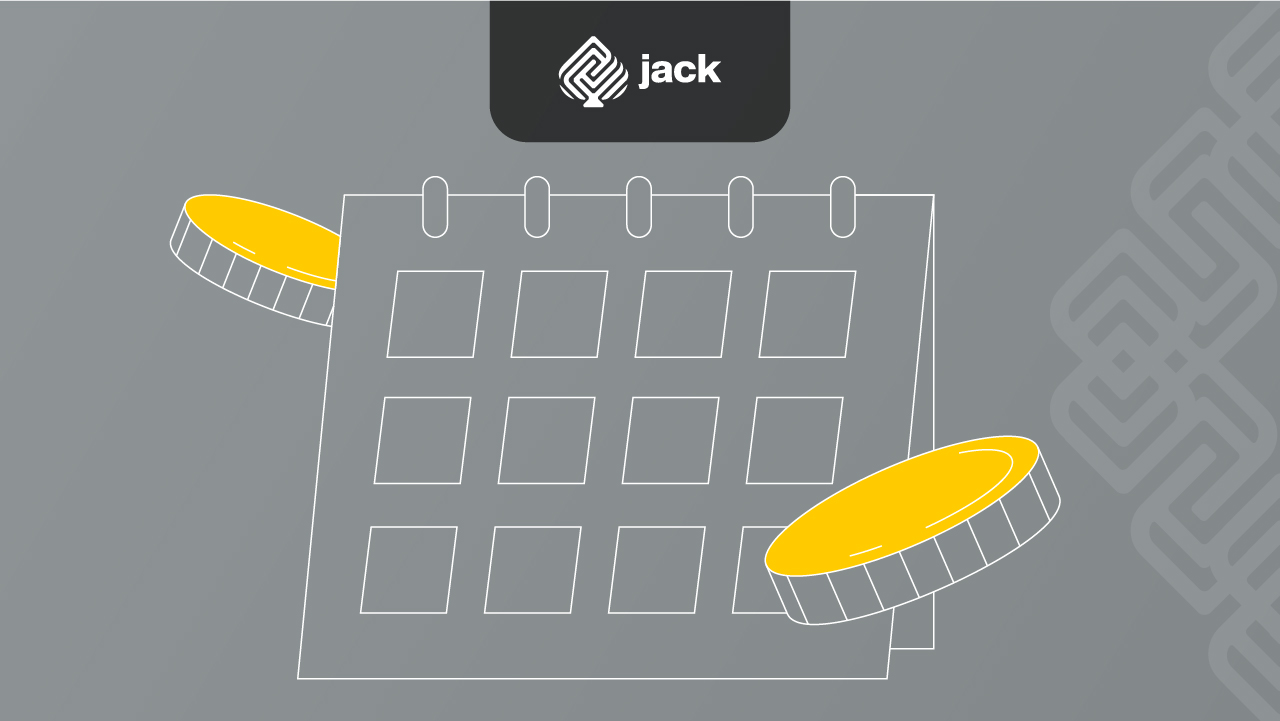Long-term receivables fall under the basic concepts of accounting as one type of receivable that has a maturity date or will be settled for a period longer than 12 months from the date of the financial report.
Some examples of long-term receivables include installment sales invoices and treasury claims or indemnity claims with a maturity period of more than one year.
In the case of installment sales invoices, it indicates the amount receivable from government asset sales conducted on credit to government employees, equal to the contract amount or the sales asset memorandum minus the installments paid by the employees to the national treasury or the installment sales receivable balance sheet.
Treasury claims are penalties imposed by the financial auditing body on a treasurer who has committed unlawful acts, resulting in losses to the state or region.
Types of Long-Term Receivables

Long-term receivables can be used in accounting according to their respective benefits. Therefore, to utilize long-term receivables, it is necessary to know the available types.
The other types of long-term receivables that can be identified and utilized are as follows:
1. Receivables to Be Received
Receivables to be received are contracts for services that are recognized as the company’s right but have not yet been received. These receivables can be received at the end of the period or in future periods.
Examples of receivables to be received include:
- Fixed interest to be received on assets owned by the company, such as bonds or promissory notes.
- Lease receivables that are yet to be received, such as for leased vehicles, buildings, and other large equipment.
- Revenues from receivables, which represent income that can still be received as a return on investment for the company.
- Receivables and the age of receivables can be classified into four types:
- Non-current receivables are receivables that cannot be collected within one year.
- Current receivables are receivables expected to be collected within one year or the normal business cycle.
- Uncollectible receivables are receivables that cannot be collected due to extraordinary events, such as bankruptcy or significant loss of the customer.
- Reserved receivables are set aside to avoid uncollectible receivables.
2. Receivable Turnover
Long-term receivables provided by the company are closely related to the volume of credit sales resulting from the sales of goods on credit. Calculating the receivable turnover involves dividing net credit sales by the average receivables.
The value derived from the receivable turnover is also dependent on the terms of payment for the receivables. The softer or longer the payment terms, the longer the capital will be tied up in receivables.
Receivable turnover assesses the position of receivables and estimates the collection or retrieval time by dividing the total of net credit sales by the average receivables.
Accounting Issues with Trade Receivables

Long-term trade receivables can also create several accounting issues related to the accounting concept itself. The following are some common issues with accounting for long-term receivables:
1. Valuation of Trade Receivables
Valuation of trade receivables is a fundamental principle of accounting applied in Indonesia, where trade receivables must be recorded and reported on the balance sheet at their net or net cash value. This involves deducting any allowance for doubtful accounts from the total receivables.
2. Recognition of Trade Receivables
Issues may arise regarding the recognition and recording of trade receivables when a company acquires such receivables. The recording is typically done through credit sales transactions, adjustments for discounts or returns, and the settlement of trade receivables by the company.
3. Transfer of Trade Receivables
The transfer of trade receivables refers to the situation where a company assigns its trade receivables to another party, such as a bank, financial institution, or factoring company, with the aim of accelerating the collection of cash from those receivables. There are various reasons why a company may choose to sell or transfer its receivables, including:
- The company may need immediate access to cash and is facing difficulties in obtaining loans due to high-interest rates. By transferring the receivables, the company can convert them into cash.
- Collection of receivables from customers may require a significant amount of time and resources, including additional costs. In such cases, the company may opt for a smaller cash inflow by transferring the receivables rather than waiting for the full amount.
These are some of the accounting issues that arise with long-term trade receivables. They demonstrate the close relationship between receivables and the associated accounting challenges.
Use Jack for your business needs
When it comes to receivables, accounting issues are inevitable due to their inherent complexity and the interplay between receivables and these issues.






